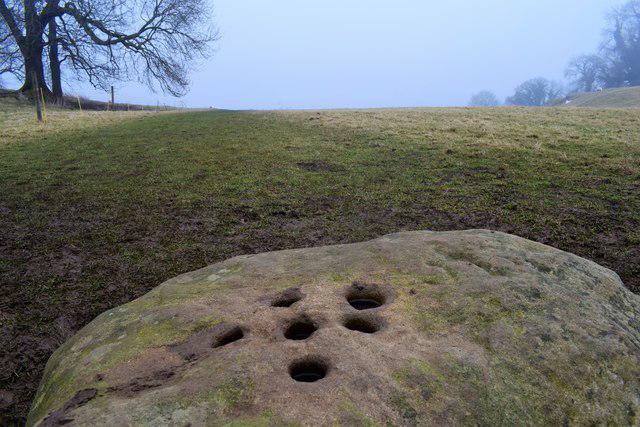As we sit on the precipice of a coronavirus pandemic, are we ready for mass acts of self-isolation?
In the latest in his series of reflections, Will Gore recalls a childhood visit to the plague village of Eyam and wonders if communities today would still sacrifice themselves for the greater good


Chocolate-box villages are 10 a penny in the Peak District. I’ve mentioned a few of them in this column over the past couple of years – Edale and Hartington to name just two.
Eyam, in the heart of the Derbyshire Dales, would rival most in the prettiness stakes. Stone cottages on winding streets, a handsome 14th-century church, a village green complete with its ancient stocks. It’s a postcard-friendly place, with a couple of nice cafes in which to write them.
It might well be 30 years since I last went there. For one reason or another, trips to the area in the decades since haven’t led me back. But with so much talk of self-isolation amidst the present coronavirus outbreak, it has been in my thoughts recently – for Eyam is the plague village.
Sickness arrived there in the early autumn of 1665, brought by infected fleas in a bale of cloth which had come from London, where 100,000 people would eventually succumb to the gory illness. In the final months of the year, 42 villagers were killed by bubonic plague. Those who remained uninfected unsurprisingly began to wonder if they should flee while they still could.
What came next is well known: the villagers, urged by their new (and much disliked) rector, William Mompesson, eventually agreed that in order to help prevent the virus spreading to larger settlements such as Sheffield, they would place themselves under quarantine. Nobody would leave the village; and no one would be permitted to enter.
It is one of those historical tales that has the power to capture the imagination, even a child’s one. On that family trip when I was 10 or 11, we took the well-worn trail to the plague “sights”: past the cottages where the disease first manifested itself, through the churchyard of St Lawrence’s (where Catherine Mompesson, wife of the rector, was entombed after she contracted the illness), then out of the main village to the site of further burials where entire families were interred.
As a child, standing at the southern boundary stone where Eyam and the outside world interacted, I found the scale of the deaths hard to fathom
The Hancocks were one. Between 3 and 19 August 1666, seven of them were buried in Riley Field, their resting places surrounded by a stone wall. Then we arrive at the Lydgate graves, the eternal home to members of the Darby family.
At the village’s edge are two sites of exchange, one to the north (at Mompesson’s Well) and one to the south, at the boundary with nearby Stoney Middleton. Here villagers collected food and other goods and left payment in return, their coins disinfected in vinegar.
After deaths peaked in the summer of 1666, the disease declined and the outbreak was over by November. 260 people had died out of a population that may have been as little 350 when the plague first hit (some historians suggest there may have been closer to 800 residents but whichever way you look at it, it’s quite a fatality rate). Crucially, though, their sacrifice was not in vain, for the virus didn’t spread to neighbouring areas.
As a child, standing at the southern boundary stone where Eyam and the outside world interacted but never met, I found the scale of the deaths – and the fear I imagined must have haunted the village – hard to fathom. Now it is the villagers’ selflessness, and their faith (both in their own act of isolation, and in God) that seems so remarkable.
I wonder whether such restraint would happen today. We may find out.
Join our commenting forum
Join thought-provoking conversations, follow other Independent readers and see their replies
Comments